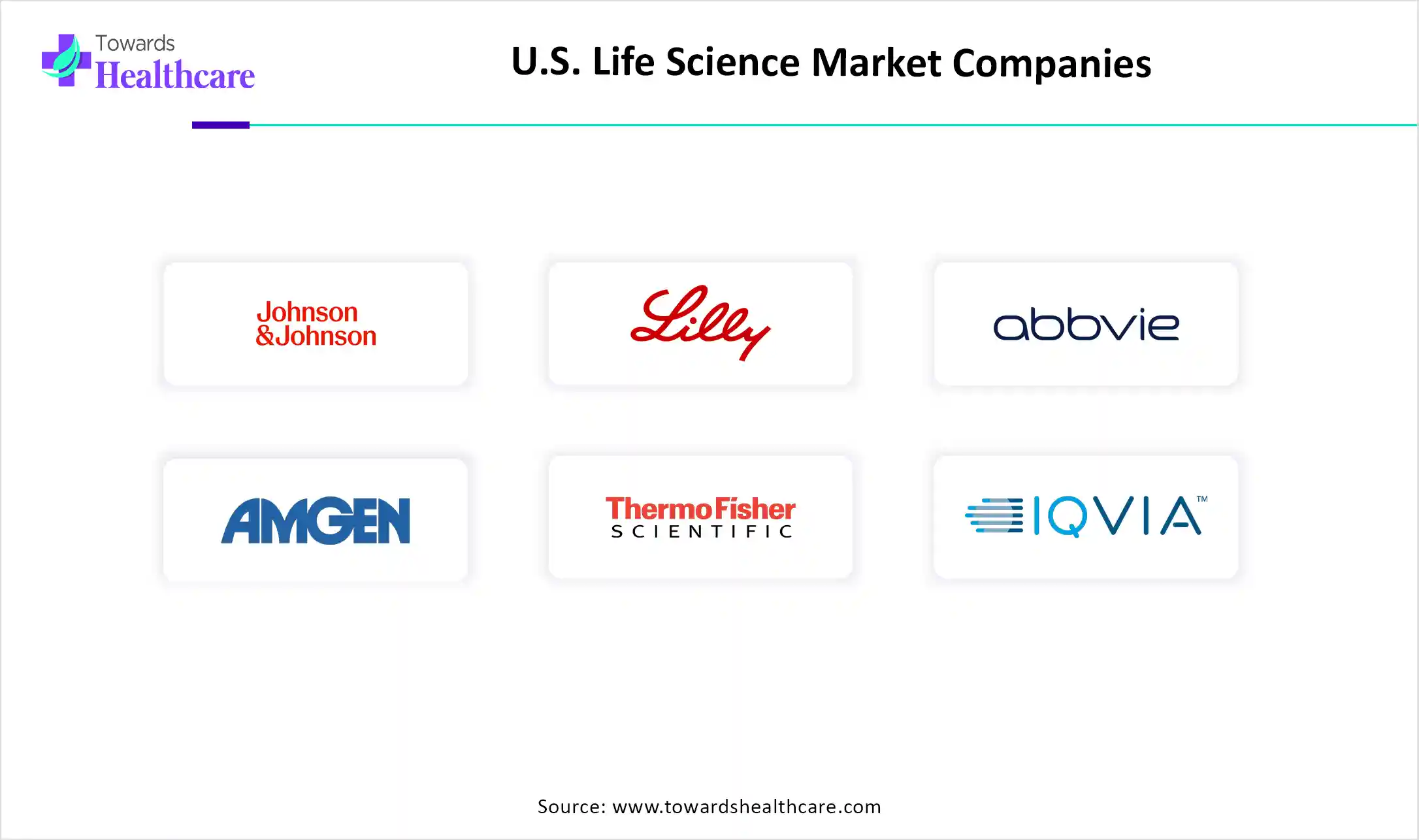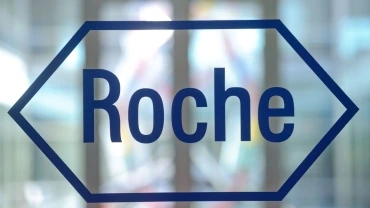

The U.S. life science market is one of the most advanced and influential sectors in the world, shaping the future of global healthcare, biotechnology, and medical research. It serves as the backbone of medical innovation, driving new discoveries that improve human health and longevity. The market encompasses a wide range of industries, biopharmaceuticals, diagnostics, genomics, medical devices, and research tools, each contributing to the development of breakthrough treatments and technologies.
Over the years, the United States has become a global leader in life sciences due to its strong research infrastructure, highly skilled scientific workforce, and substantial investments from both government agencies and private investors. The rapid adoption of next-generation technologies such as AI-driven drug discovery, CRISPR gene editing, precision medicine, and digital health platforms continues to accelerate the sector’s growth.
The country’s robust ecosystem, supported by top universities, research institutions, biotechnology hubs, and innovative startups, makes it a key driver of global advancements in life sciences. Moreover, post-pandemic healthcare trends have further boosted R&D in preventive care, genomics, vaccine development, and biotechnology-based therapeutics, reinforcing the U.S. position as a powerhouse in the life science industry.
Key Steps Taken by Market Players: The life science market in the U.S. is growing significantly due to the strong presence of key market players. These market players in the U.S. a taking key steps in drug discovery, therapy development, drug testing, precision medicine, etc.
For instance,
The U.S. life science market has a profound and multifaceted impact on the nation’s healthcare system, economy, research landscape, and global competitiveness. As one of the largest and most advanced sectors in the country, it fuels innovation, creates millions of jobs, drives economic growth, and improves the quality of life for millions of Americans.
The U.S. life science industry plays a central role in modernizing healthcare by driving breakthroughs in prevention, diagnosis, and treatment.
Drug and Therapy Innovation: Continuous R&D by U.S. biopharma companies has led to life-saving drugs, vaccines, and advanced therapies that address diseases such as cancer, diabetes, Alzheimer’s, and rare genetic disorders.
Personalized & Precision Medicine: Advances in genomics and bioinformatics are enabling tailored treatments based on individual genetics, improving patient outcomes and reducing adverse reactions.
Early Diagnosis & Preventive Care: Diagnostic tools, molecular testing, and AI-driven analytics help detect diseases earlier, improving survival rates and reducing healthcare costs.
Pandemic Preparedness: The U.S. life science ecosystem was instrumental in developing COVID-19 vaccines, strengthening public health resilience and global response capacity.
The life science market is a key pillar of the U.S. economy.
GDP Contribution: The sector contributes hundreds of billions of dollars annually to the U.S. GDP through research, manufacturing, and exports.
Venture Capital and Funding: Life sciences attract massive venture capital investments. In 2024–2025 alone, billions were raised by biotech and AI-driven healthcare startups.
Manufacturing Expansion: Continuous construction of research facilities, biologics centers, and laboratories (like Merck’s $1B Delaware facility) create industrial and infrastructure growth.
Tax Revenue & Exports: Life science exports (pharmaceuticals, medical devices, lab tools) generate significant tax and trade revenue, supporting economic stability.
The U.S. life science market is one of the largest sources of STEM-based employment nationwide.
Provides over 2 million direct jobs and supports millions more indirectly through manufacturing, logistics, and research.
Offers high-paying, knowledge-based careers across biotech, pharmaceuticals, data science, clinical research, and laboratory management.
Drives regional employment in innovation hubs like Boston-Cambridge, San Diego, and San Francisco Bay Area, boosting local economies.
Encourages education and talent development through collaboration with top universities and research institutions.
The global life science market is valued at US$ 88.2 billion in 2024, expected to grow to US$ 98.63 billion in 2025, and projected to reach about US$ 269.56 billion by 2034, expanding at a CAGR of 11.82%.

New Brunswick, New Jersey, United States - 1886
Approximately USD 85.2 billion
In 2024, Johnson & Johnson launched TAR-200, a novel bladder cancer therapy, marking a significant step forward in oncology innovation.
New York City, New York, United States - 1849
Approximately USD 58.5 billion
In 2024, Pfizer announced its RSV vaccine, ABRYSVO, was approved for older adults, expanding its vaccine portfolio.
Basel, Switzerland - 1896
Approximately USD 68.7 billion
In 2024, Roche introduced a next-generation blood test for early detection of Alzheimer’s disease, strengthening its diagnostics segment.
Indianapolis, Indiana, United States - 1876
Approximately USD 41.6 billion
In 2024, Eli Lilly’s Mounjaro (tirzepatide) gained FDA approval for obesity treatment, significantly boosting its metabolic health portfolio.
Bagsværd, Denmark - 1923
Approximately USD 41.0 billion
In 2024, Novo Nordisk expanded the global availability of Wegovy, its obesity drug, to meet soaring international demand.